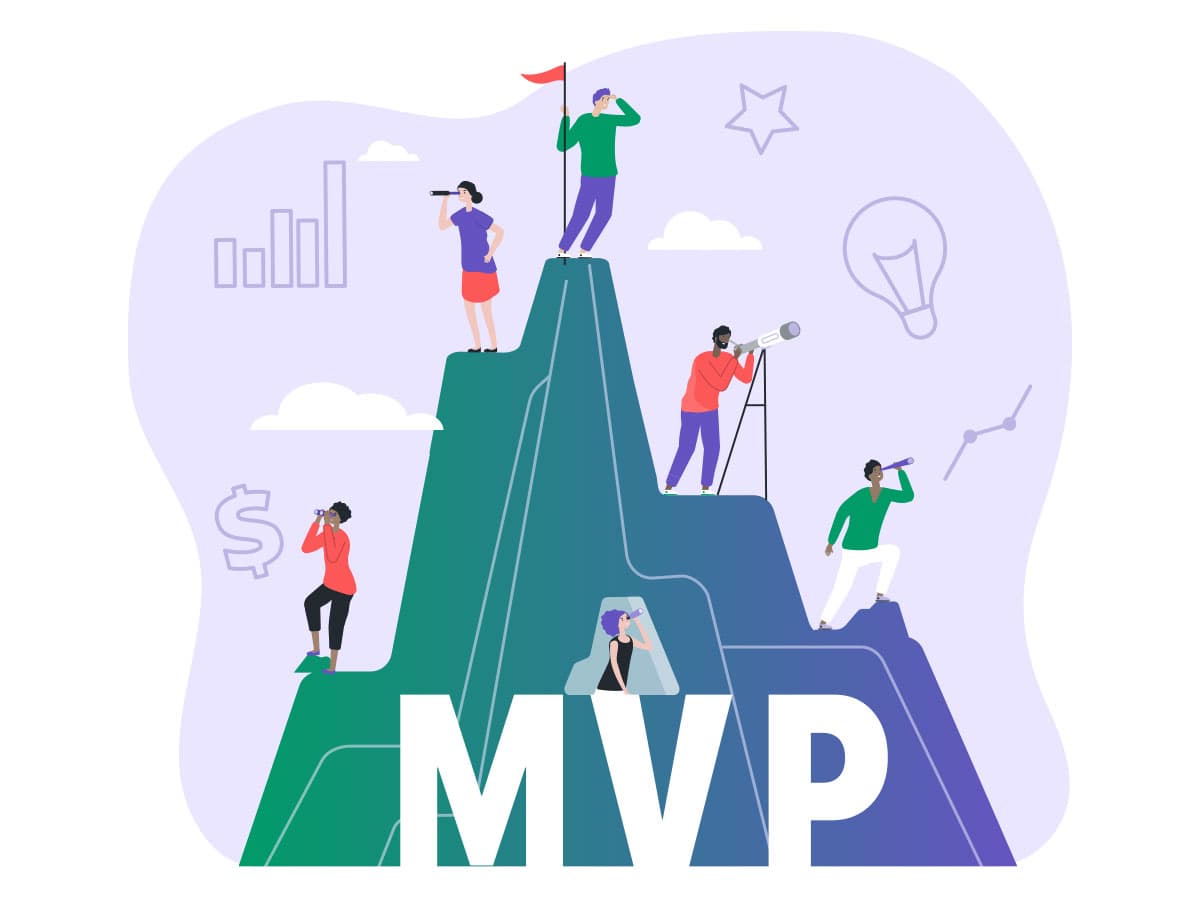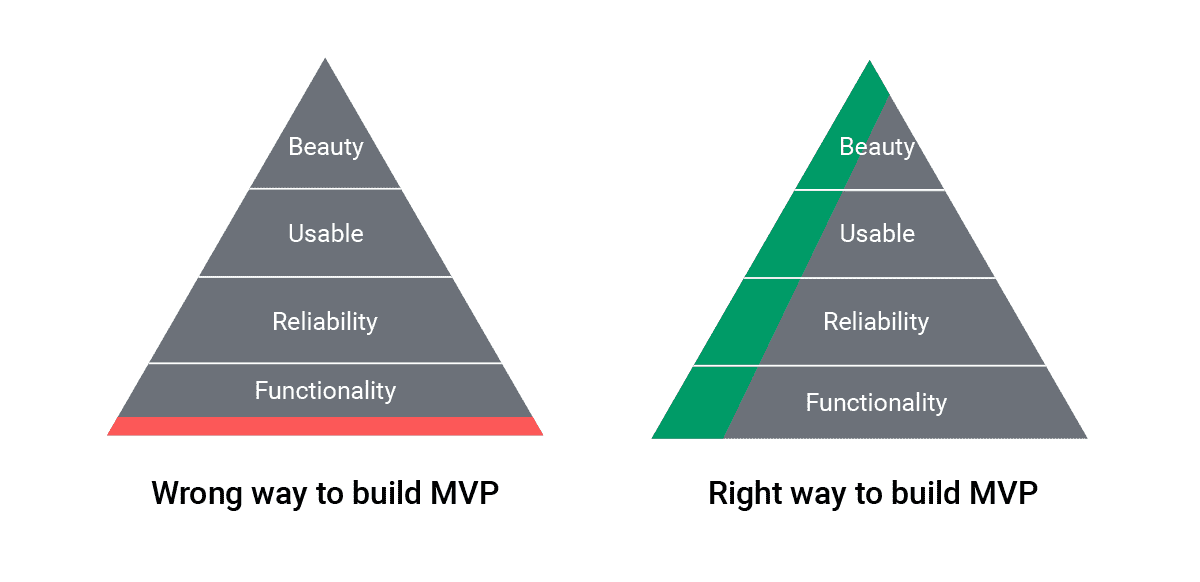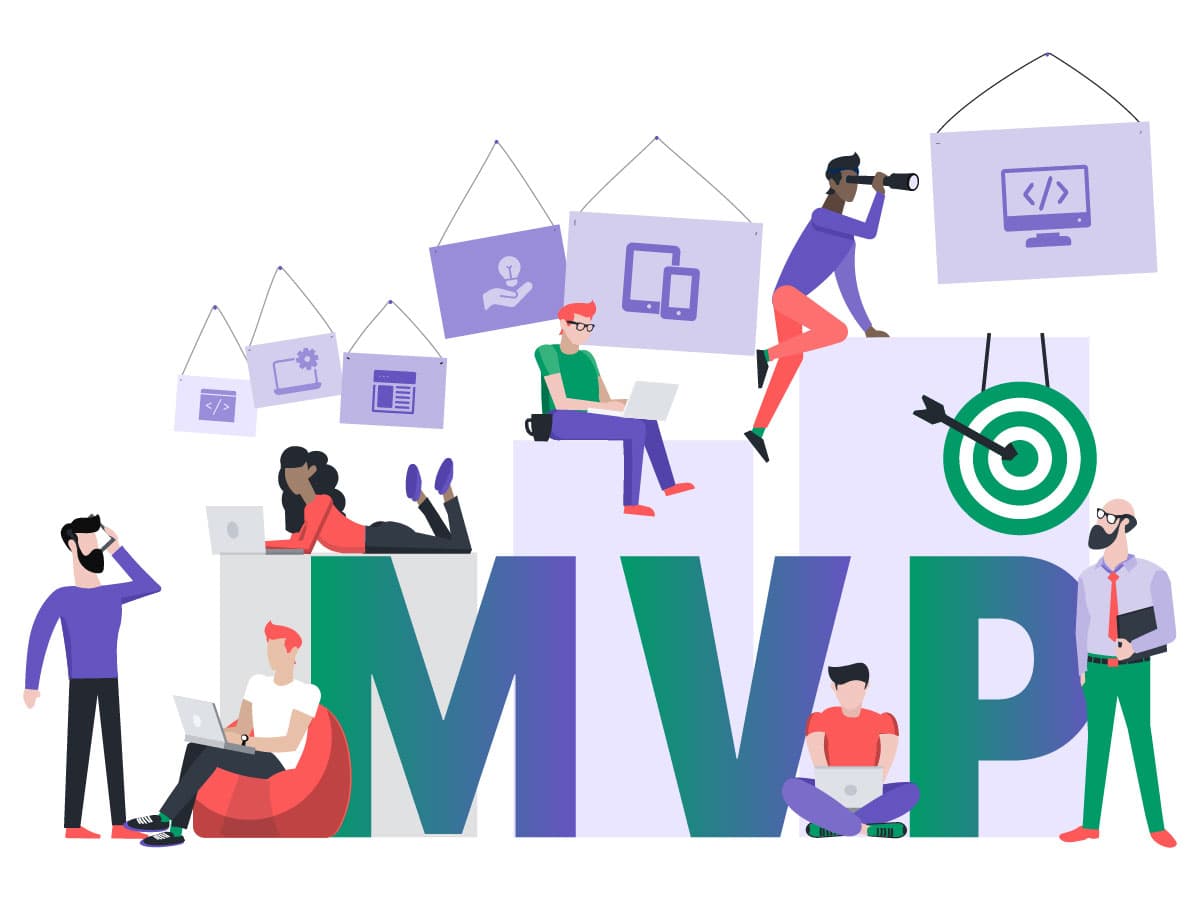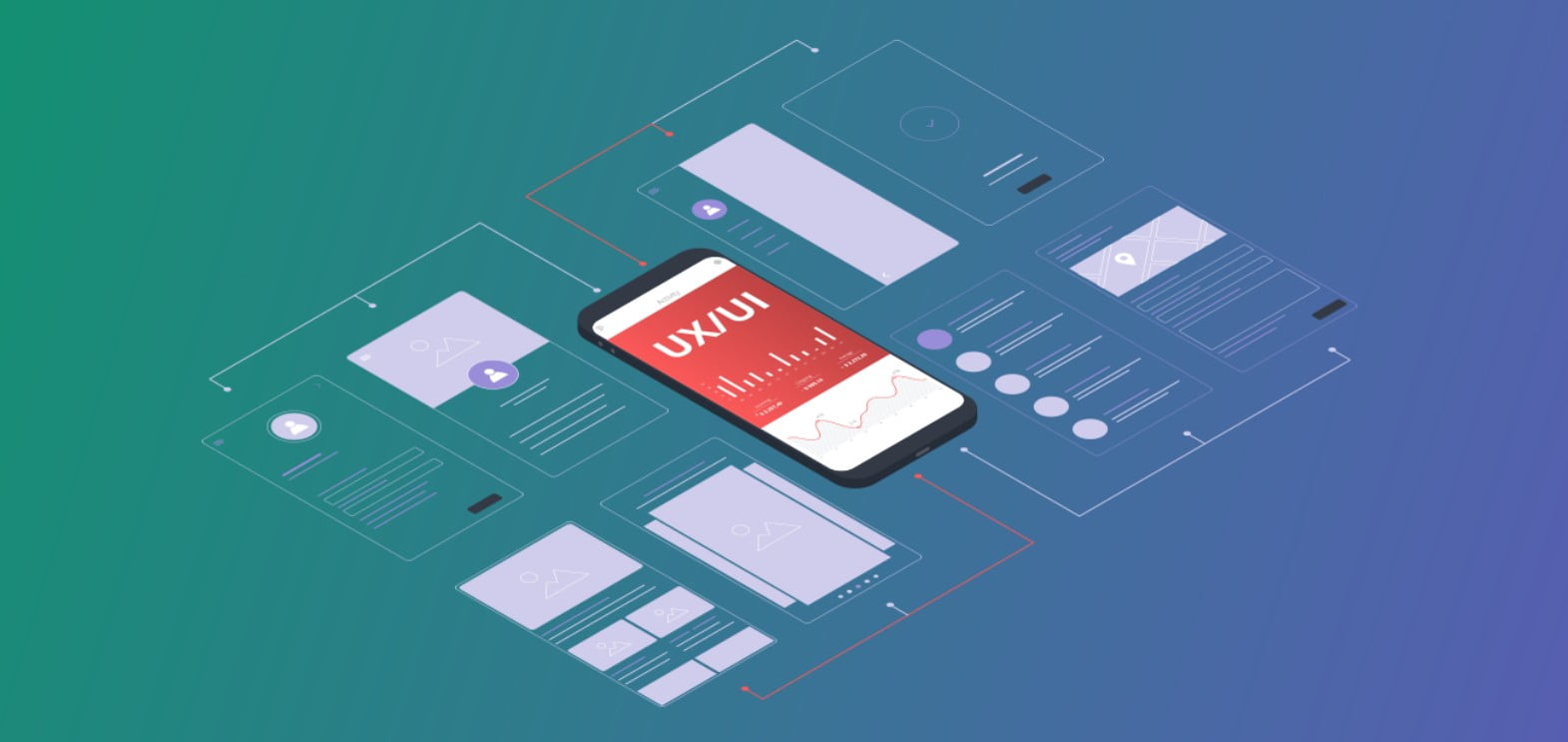Whether you have a startup with a new product or are looking to expand an existing business, a clear product vision is the key to success.
Product ideas based on presumptions about the market trends can go in the wrong direction when the market suddenly shifts. That’s when your company needs to validate your idea by building a minimal viable product (MVP). Data is at the heart of every MVP model, which the develop-release-measure-iterate loop makes so successful in identifying the core functions of a potential product.
If done right, an MVP can offer a new perspective on the market while providing insights and feedback for further product development.
What an MVP Is For?
One of the best ways to examine whether a product is ready to go to market is by building a minimal viable product with basic functionality.
An MVP is a working version of your product that you give to potential users to test its functionality. During this stage, the main objective is to collect data and prioritize a backlog of features. It’s also crucial to narrow down which product features to focus on. This helps you reduce risks and maximize return in later development stages.
Here’s when you need an MVP:
Materialization. When you need to make an actual product you can offer to users and you don’t want to spend too much time and resources making it.
Feedback. If you don’t know how the product will perform on the market, an MVP will give you a better understanding of the product’s appeal to customers. One effective way of doing this is to request for video testimonials from the early users of your MVP. These testimonials can provide in-depth insights on user experience which can be instrumental in further product development.
Planning. An MVP is a great learning tool, as every new piece of information can be used for further product development.
Why an MVP is Important for startups
The information you collect with an MVP will allow you to get on the market faster and get closer to your ROI goals. With enough information, your release time will be shorter, cutting development costs.

As soon as you know who the early adopters of your product are, the easier it will be to offer them a functional product and plan ahead based on their feedback. Ultimately, an MVP minimizes your risk of developing a product nobody will want to download and use.
Another important benefit is that an MVP showcases your idea and business model to investors and stakeholders. With the MVP, you can more easily persuade them to grant you another round of financing and ensure the product’s growth.
Building an MVP
Developing an MVP always starts with an inspiring idea. Once you’ve defined your product’s purpose, it needs to be streamlined into a concept with clear core functionality and must-have product features. Research is a powerful tool that will give you plenty of information to work with. Keep in mind that you want to build products and MVPs are more about looking for a way to maximize ROI while minimizing risks.
Before building your MVP, identify all your assumptions and find a way to test them for delivering value to end-users. Focusing on functionality, reliability and usability, put together a cost estimate in order to always keep an eye on project expenses.
Here’s how the process works:
- Phase 1: Research and identify the user problem or need.
- Phase 2: Find a solution for the specific user issue.
- Phase 3: Think of one aspect of the problem you can use to test a business hypothesis.
- Phase 4: Draw up a detailed cost estimate.
- Phase 5: Build your solution, give it to users and gather data.
What to focus on when building an MVP

Choosing Features for your MVP
When developing a digital product, it is sometimes difficult to decide what features to include. The first thing to do is to draw up a user flow chart. Then, you can give a business value to every feature you come up with, and estimate the time and budget that it will involve.
Now that you have the features down on paper, evaluate their business value and see how it fits with your budget. Features that provide you with the greatest value should be on the top of the list, while others can simply be developed in later stages.
Functional MVP
A functional MVP is a product you are offering to customers and stakeholders. It does not come equipped with all the final features, but it will demonstrate the potential of your idea and gives you useful data points to continue its development. A functional MVP is built with minimal investment and features.
By offering a viable solution to a problem users have, you present a solid foundation for future iterations. Some companies decide to include specific features only to gain insights into known risky assumptions. That way, an MVP can fuel future development by delivering insights and useful results.
| Benefits | Challenges |
|---|---|
|
|
Non-Functional MVP
If you decide to build a non-functional MVP, you will spend a fraction of the budget, but you won’t be able to showcase the full potential of your solution.
For early-stage startups that need to secure another round of financing, a non-functional MVP may be enough to keep the project going. Keep in mind, however, that if you need reliable market data, you can only gain it with functional solutions that users can interact with.
| Benefits | Challenges |
|---|---|
|
|

Building an MVP with a Software Developer—Case Studies
CardTent
A start-up company working on payouts wanted to introduce a solution based on an existing payment platform. Their idea was to customize the app’s UX/UI and add new features that were not available via the payments platform’s API, so they reached out to Softjourn to help draw up a development plan.
Presented with these requirements, our teams did some research and suggested the making some UI mockups for the new features. We also drafted a project roadmap and the scope of work for the next stage of the MVP’s growth.
IMS Management Services
IMS Management Services, a company providing ticketing support and cash management for festivals and fairs, had developed its own ticket and cash management system. This had admirably met IMS’s needs for years, but the owners were aware that technology was changing fast. Eventually, their system would need to be updated to a modern tech stack to remain reliable. They were looking for a technology partner to help them make this transition.
“After reviewing the existing application, we agreed that a rewrite would work,” recalls Dave Lowenstein, IMS Management Services CEO. “Softjourn became our #1 choice to handle the job.”
The first issue when embarking on a software rewrite, especially one of this scale, was to capture all of the current functionality. Softjourn started gathering requirements to build a product definition document so that it was clear that the team fully understood all of the platform’s nuances.
Lowenstein was confident that Softjourn’s team understood IMS Management Service’s unique needs. Their professionalism, their knowledge, and understanding of the company’s business ensured they could provide a product that would meet the company’s goals and objectives with a software rewrite.
Cinewav
Working on new products is always both challenging and exciting. Cinewav is a Singapore-based tech startup looking to recreate the outdoor movie theatre experience and offer a new product that would enhance outdoor movie watching by allowing people to listen through their smartphones.
This project required a prototype and a functional MVP to ensure that viewers who listened to a movie through their own earphones did not experience any delay. Softjourn worked on separating the video and audio sources of a given movie, and developed a proof of concept to show that it would be possible to experience almost perfect sync.
Our client has already tested the technology at more than 10 events and it has been very successful. The startup needed an MVP to ensure the best sound quality for various types of devices and locations, as a functional product would benefit everyone. As a result, we continued working with this client on building a video player desktop app, customer mobile app, and a website.
Testing Your Ideas
Everyone wants to launch products that will be successful, so testing your idea can help get you where you want to be. Regardless of the type of business, it’s important to have reasonable expectations of the viability of your products.
Before making a final decision, compare the effort and outcome of building a functional MVP to a non-functional MVP. Then make the last call.
Softjourn has more than a decade of experience building functional and non-functional MVPs, POCs and prototypes for a variety of clients. If you are trying to decide what type of MVP you need to build or how to choose the right set of features, contact Softjourn’s experienced team. We’re ready to hear about your project and join forces to make it happen.









